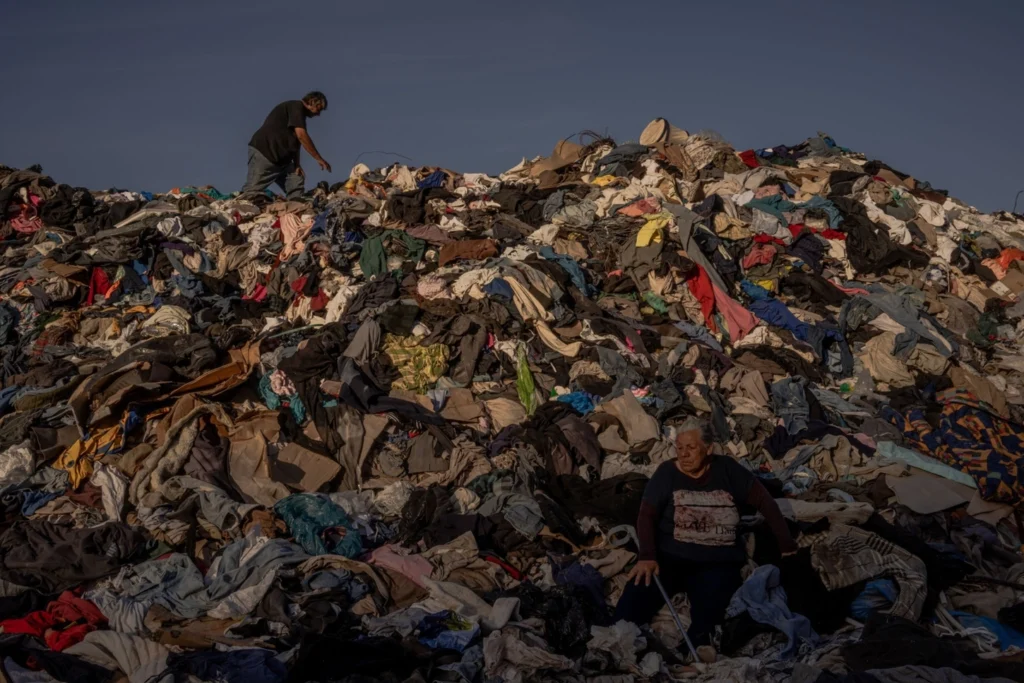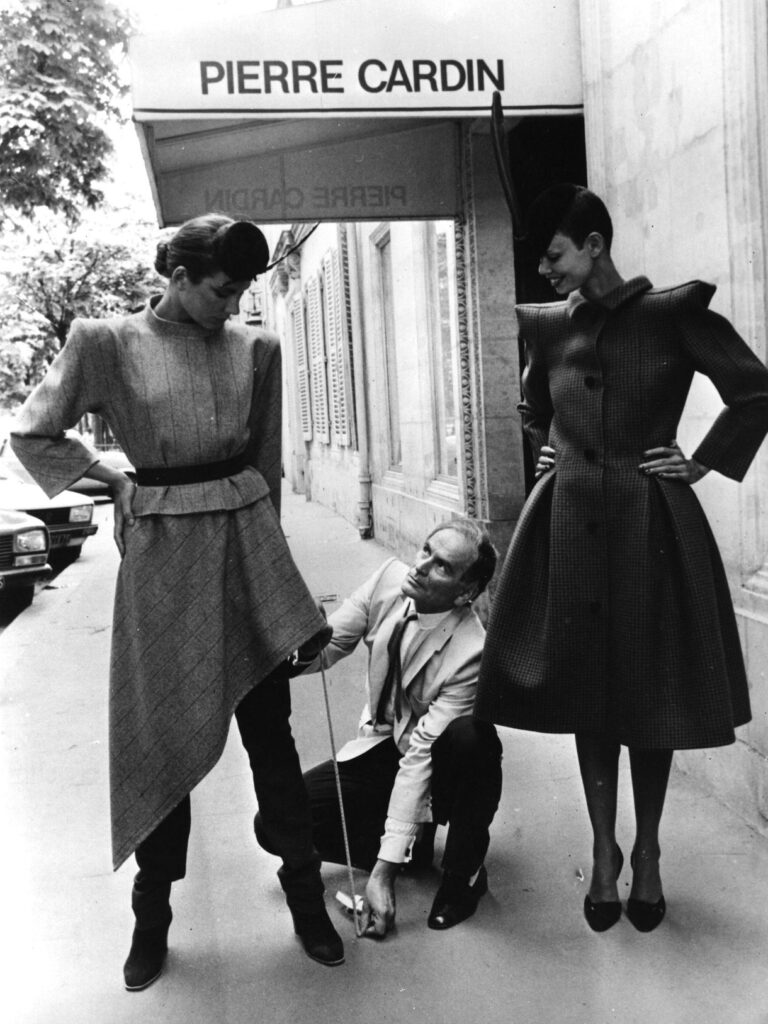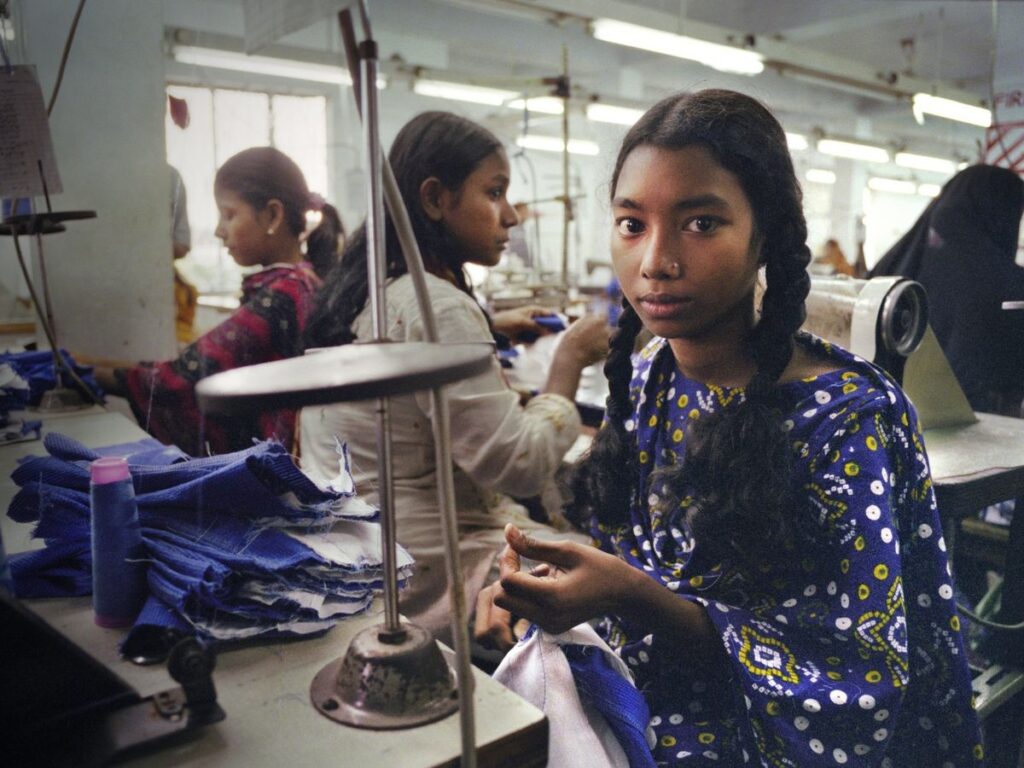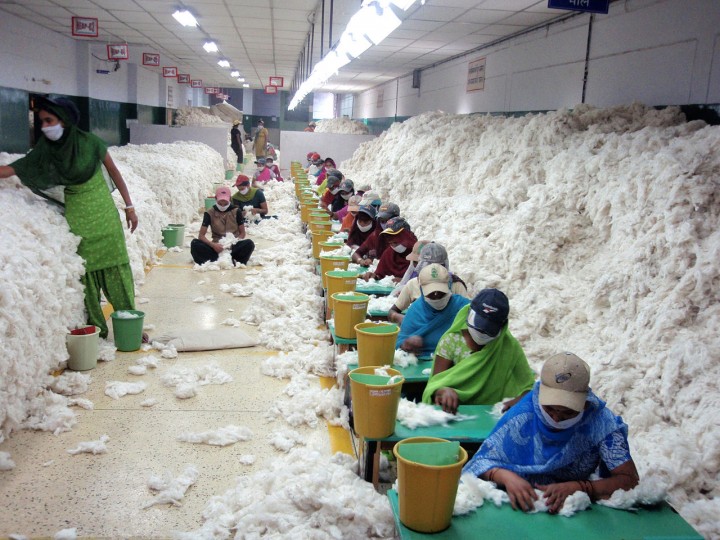The fashion industry is among the five most polluting industries on the planet. It is estimated that more than 100 billion garments are produced each year, and around 92,000 million tons of textiles are discarded. When we ask ourselves why, the first thing that may come to mind, instead of the luxury industry, is the fast fashion companies that generate overproduction.
A shocking photograph is published every so often, such as the one titled “world’s dump” from the Atacama Desert case, shared in 2022.When we see alarming images like this, the question arises: how did we get to this point?

Since the ancient civilizations of Egypt, Rome, and China, the ruling elite used luxury products such as gold, jewelry, fine textiles, spices, perfumes, and works of art to showcase their wealth and high social standing. With the advent of the Renaissance and the Modern Age, the emerging bourgeoisie began to imitate the aristocracy by acquiring exclusive items to signal their social rise. This behavior marked the beginning of the connection between luxury and social status, a trend that remains relevant today.
In its early days, haute couture dominated the luxury industry, with designers from brands like Chanel, Dior, and Givenchy creating unique, custom-made pieces for an elite clientele.These pieces were not only extremely expensive but also symbols of status and exclusivity, accessible only to the elite.
Over time, the concept of fashion began to change with the emergence of prêt-à-porter, which translates from French as “ready-to-wear,” in the 1950s. The term refers to fashion items produced in bulk with patterns repeated based on demand.

The Luxury Industry: A Parallel with the Present
How did we move from luxury being accessible to only a few to a mass consumption phenomenon? We can sum up the answer in one word: democratization. The rise of the industrial era and capitalism introduced mass production, enabling large-scale manufacturing and lower costs.
Fast fashion, led by companies like Zara, began to replicate haute couture designs, allowing people to access designer clothing at lower prices. This phenomenon is not just about being fast or cheap; it involves the mass production of fashion in an accessible manner.

Finally, we have ultra fast fashion, characterized by rapid production, creating new garments in just a few days.Companies like Shein and Temu offer an immense variety of products, constantly updating their inventory at extremely low prices.
Like fashion, technological products have followed a similar path. The case of iPhone earbuds is a clear example, as they initially symbolized exclusivity, accessible only to a few. What made them distinctive was their white color, which was unprecedented in the market at the time.
This led to a growing demand from those who wanted to access Apple products but couldn’t due to the high cost, prompting other brands to start producing white earbuds to imitate the style. The same happened with the iPhone, a product not everyone could afford. The touch screen, home button, and minimalist design set the iPhone apart, and other companies in the industry later imitated these features.
Role of the Fashion Industry in an Unequal Society
According to a study by the Blum Center for Developing Economies at the University of California, Berkeley, the majority of the over 12 million textile industry workers in India who work from home are women and girls from historically oppressed ethnic communities. They are the ones who put the finishing touches on the garments we see “on the racks of major Western fashion brands,” as noted by Siddharth Kara, the study’s director. These workers earn around 11 euro cents per hour.
In addition, one in five women are under the age of 17, and among the 1,452 interviewed for the report were girls younger than 10. Nearly 6% of the respondents were working to pay off a debt.

Environmental Consequences of Overproduction
Ultimately, we can see how social and economic factors impact the environment, which is the land we inhabit and rely on for production. It is also where we discard the old and out-of-fashion items. According to the European Environment Agency, in 2020, the average textile consumption per person in the European Union required 400 square meters of land. It also needed 9 cubic meters of water and 391 kilograms of raw materials, resulting in a carbon footprint of approximately 270 kilograms.
To produce a single cotton T-shirt, it is estimated that 2,700 liters of freshwater are needed, which is equivalent to the amount of water a person drinks in two and a half years. Despite the overexploitation of natural resources, recycling remains a challenge, with only 1% of used clothing being converted into new garments.

Electronic waste presents an equally alarming situation. According to a study by Unitar, 53.6 million tons of waste from these sectors were generated in 2019, with only 17.4% officially recorded as recycled material. Lastly, according to the ILO, in 2020, 16.5 million children were working in the industrial sector, including the waste treatment subsector.
Despite having access to all this information, people continue to buy in large quantities, choosing to turn a blind eye to the reality of labor exploitation and environmental degradation. This disconnect between the desire to belong and the responsibility toward environmental and social issues creates a paradox in which the rampant consumption of fast fashion perpetuates both human exploitation and ecological harm.





